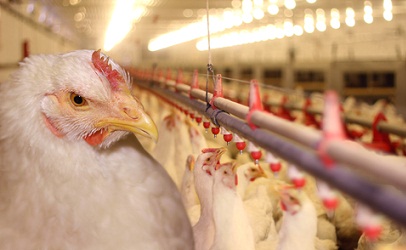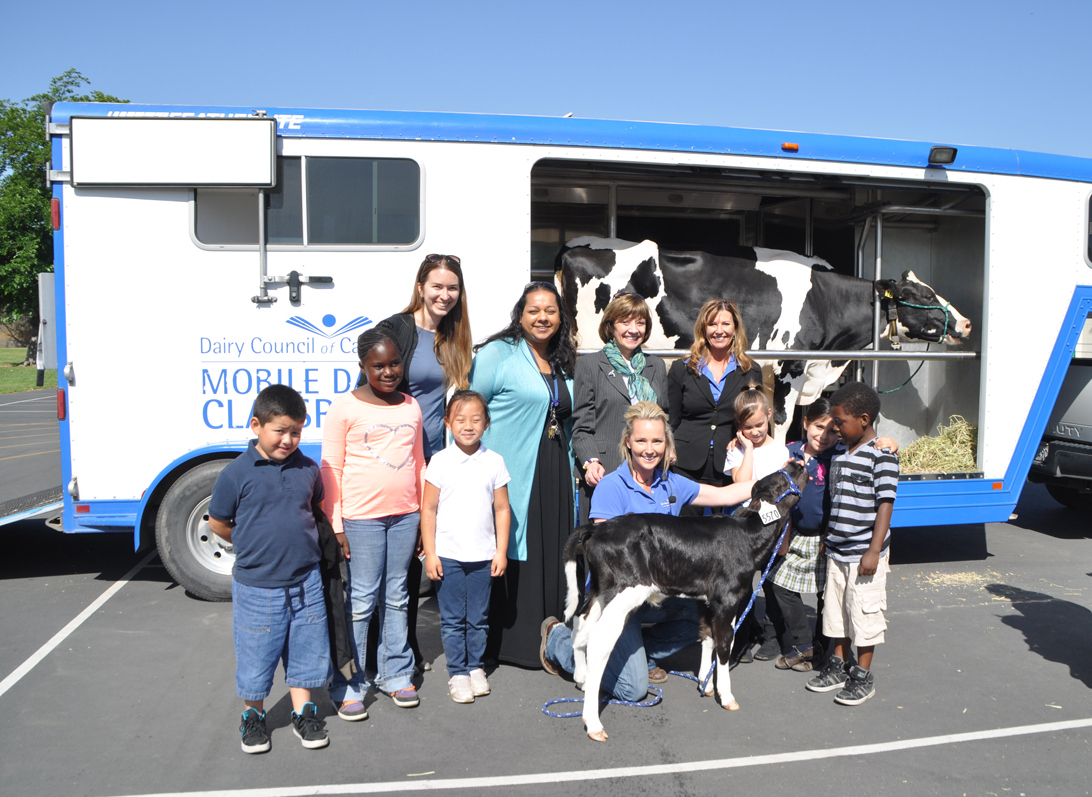New Pilot Program Offers Coverage for Fruits and Vegetables, Organic and Diversified Farms
Agriculture Secretary Tom Vilsack today announced a new risk management option that will be available for fruit and vegetable growers and producers with diversified farms.
The policy, called Whole-Farm Revenue Protection, will provide flexible coverage options for specialty crop, organic and diversified crop producers. The program will be implemented in counties across the country and will expand in availability over the next several years.
Whole-Farm insurance allows farmers to insure all crops on their farm at once, rather than insuring commodity by commodity.
Traditionally, many fruit and vegetable crops have not had crop insurance programs designed for them—making it less attractive for a farmer that primarily planted a commodity crop like wheat or corn to use another part of his or her land for growing fruits and vegetables or other specialty crops.
This allows farmers greater flexibility to make planting decisions on their land.
“Crop insurance has been the linchpin of the farm safety net for years and continues to grow as the single most important factor in protecting producers of all sizes from the effects of unpredictable weather,” said Vilsack.
“Providing farmers the option to insure their whole farm at once gives farmers more flexibility, promotes crop diversity, and helps support the production of healthy fruits and vegetables. More flexibility also empowers farmers and ranchers to make a broader range of decisions with their land, helping them succeed and strengthening our agriculture economy.”
The 2014 Farm Bill requires a whole-farm crop insurance policy option, and paves the way for the Risk Management Agency (RMA) to make it broadly available to specialty crop, organic, and diversified growers.
The Federal Crop Insurance Corporation Board of Directors (FCIC Board) approved the Whole-Farm Revenue Protection pilot policy for RMA to offer it through the federal crop insurance program in 2015.
USDA has taken many steps to provide effective insurance coverage for diversified, organic and specialty crops. The whole-farm crop insurance policy provides flexibility to meet the needs of specialty crop growers, organic producers and those with diversified farms, and who have farm production and revenue history, including five years of historic farm tax records. This policy is also part of USDA’s commitment to small and mid-sized producers managing diversified operations.
USDA has been strengthening crop insurance by providing more risk management options for farmers and ranchers.
The policy offers coverage levels from 50 to 85 percent; recognizes farm diversification through qualification for the highest coverage levels along with premium rate discounts for multiple crop diversification.
The Market Readiness Feature, as outlined in the Farm Bill, simplifies insurance coverage for producers under the Whole-Farm Revenue Protection pilot policy by allowing the costs such as washing, trimming, and packaging to be left in the insured revenue instead of having to adjust those amounts out of the insured amount.
The new Whole-Farm Revenue Protection policy combines Adjusted Gross Revenue (AGR) and AGR-Lite along with several improvements to target diversified farms and farms selling two to five commodities, including specialty crops to wholesale markets.
The new policy is also designed to meet the risk management needs of diversified crop or livestock producers including those growing specialty crops and/or selling to local and regional markets, farm identity preserved markets, or direct markets.
As part of the pilot, Whole-Farm Revenue Protection will be available where AGR and AGR-Lite are currently offered, and will expand to other counties as data are available for underwriting and actuarial ratemaking.
RMA will release information on the policy later this summer when it becomes available. This information will be announced on the RMA website at www.rma.usda.gov.
According to the CDFA, California’s agricultural abundance includes more than 400 commodities. The state produces nearly half of US-grown fruits, nuts and vegetables. Across the nation, US consumers regularly purchase several crops produced solely in California.
























